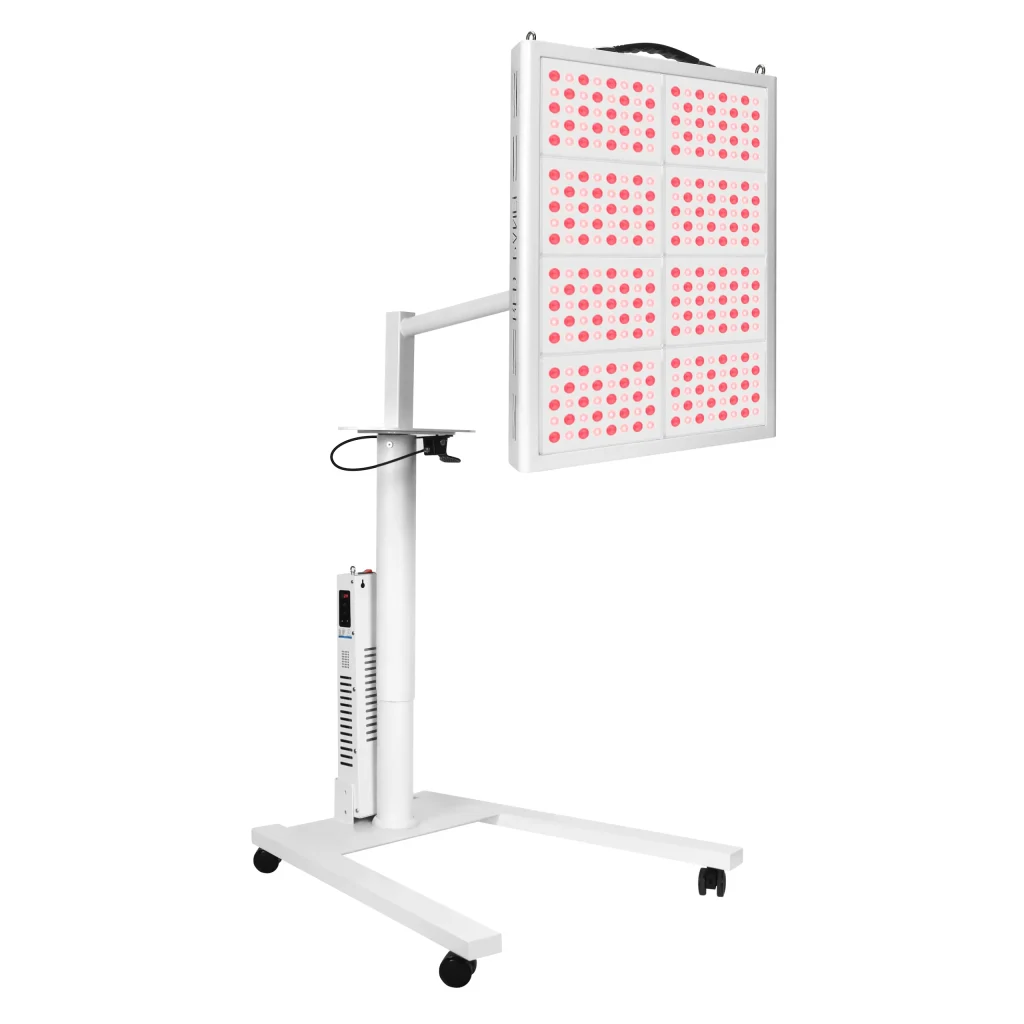Does red light therapy cause cancer?
1. How red light therapy works (why it’s generally not carcinogenic)
Red and near-infrared light therapy (often called photobiomodulation therapy, PBL, or LLLT) uses non-ionizing radiation.
Key Difference: Non-ionizing Radiation vs. Ionizing Radiation
Ionizing radiation: Examples include X-rays, gamma rays, and ultraviolet (UV) light. These rays have very high energy levels, enough to damage DNA chemical bonds within cells, directly causing genetic mutations and significantly increasing the risk of cancer. The UV rays used in tanning beds are a prime example of a carcinogen.
Non-ionizing radiation: Examples include visible light (including red light), near-infrared light, and radio waves. These rays have low energy levels, insufficient to damage DNA or cause ionization. They work by being absorbed by the mitochondria in cells (specifically the enzyme cytochrome c oxidase), acting like a “charge” to boost cellular energy (ATP), thereby stimulating the cells’ own repair, regeneration, and anti-inflammatory abilities.
Simply put, red light therapy is more like “recharging” cells, rather than “damaging” DNA like UV or X-rays.
2. Evidence Supporting Its Safety
Clinical History: Red light therapy has been studied for over 50 years and is widely used in clinical treatments (e.g., wound healing, pain and inflammation relief, and treatment of muscle and joint pain). Throughout this long history of use, there are no reliable clinical reports indicating that it causes or promotes cancer.
Research Conclusions: Extensive in vitro cell and animal studies have shown that, under standard treatment parameters (appropriate wavelength, dose, and power), red light/near-infrared light is not only non-carcinogenic but also has protective effects on normal cells.
Regulatory Approval: Regulatory agencies such as the US FDA have approved a variety of red light therapy devices for various medical and cosmetic uses, meaning they have undergone rigorous safety evaluations.
3. In-depth Discussion on “Red Light Therapy and Cancer”
While generally safe, scientists have observed some complications in their studies, primarily related to dose and cell type:
Biphasic Dosage Effect (Arndt-Schulz Law): This is a core principle of photobiomodulation. Low doses of light generally have positive stimulatory (therapeutic) effects, while very high doses can have inhibitory or even destructive effects. Therefore, “more” is not always “better.” Excessive exposure may be ineffective or even produce adverse effects (such as skin burns), but even then, this is not a mechanism of cancer induction.
Effects on Cancer Cells (This is an active area of research):
Most studies suggest an inhibitory effect: Many studies have found that red light/near-infrared light can induce apoptosis (programmed cell death) in cancer cells and enhance the effectiveness of certain chemotherapies or radiotherapy. This mechanism may involve increasing reactive oxygen species (ROS) to a level that exceeds the tolerance of cancer cells.
Theoretical Concern: One theory is that if red light therapy promotes the proliferation and energy metabolism of healthy cells, could it also inadvertently promote the growth of existing, undetected cancer cells? This is a legitimate scientific question.
Current Consensus: Despite this theoretical concern, current experimental evidence does not support this concern. The vast majority of studies show that red light has an inhibitory or no effect on cancer cells. However, out of an abundance of caution, many physicians and guidelines recommend avoiding direct application of red light to known active cancer tissue.
4. Important Precautions and Safe Use Recommendations
To ensure absolute safety, please follow the following recommendations:
Choose legitimate devices: Purchase certified medical or cosmetic devices (e.g., FDA-approved, CE-certified). Avoid low-quality devices with unidentified sources, false specifications, or excessive power.
Follow the manufacturer’s instructions: Strictly adhere to the manufacturer’s recommended exposure time, frequency, and distance. Do not assume that longer exposures guarantee better results.
Eye protection: While red and near-infrared light don’t pose the same immediate eye burn risk as lasers, prolonged exposure to strong light sources can still damage the retina. It’s best to wear the provided protective glasses or keep your eyes closed when using.
Caution for specific groups:
Pregnant women: Due to ethical limitations and a lack of relevant research, pregnant women are advised to avoid use on the abdomen.
People with photosensitivity disorders, such as lupus erythematosus and porphyria, should consult a doctor before use.
People taking photosensitizing medications, such as certain antibiotics or acne medications, should consult a doctor before use.
Patients with active cancer: If you have been diagnosed with cancer, especially near the treatment area, it is important to consult your oncologist before using any phototherapy device.
Post time: 08-20-25

